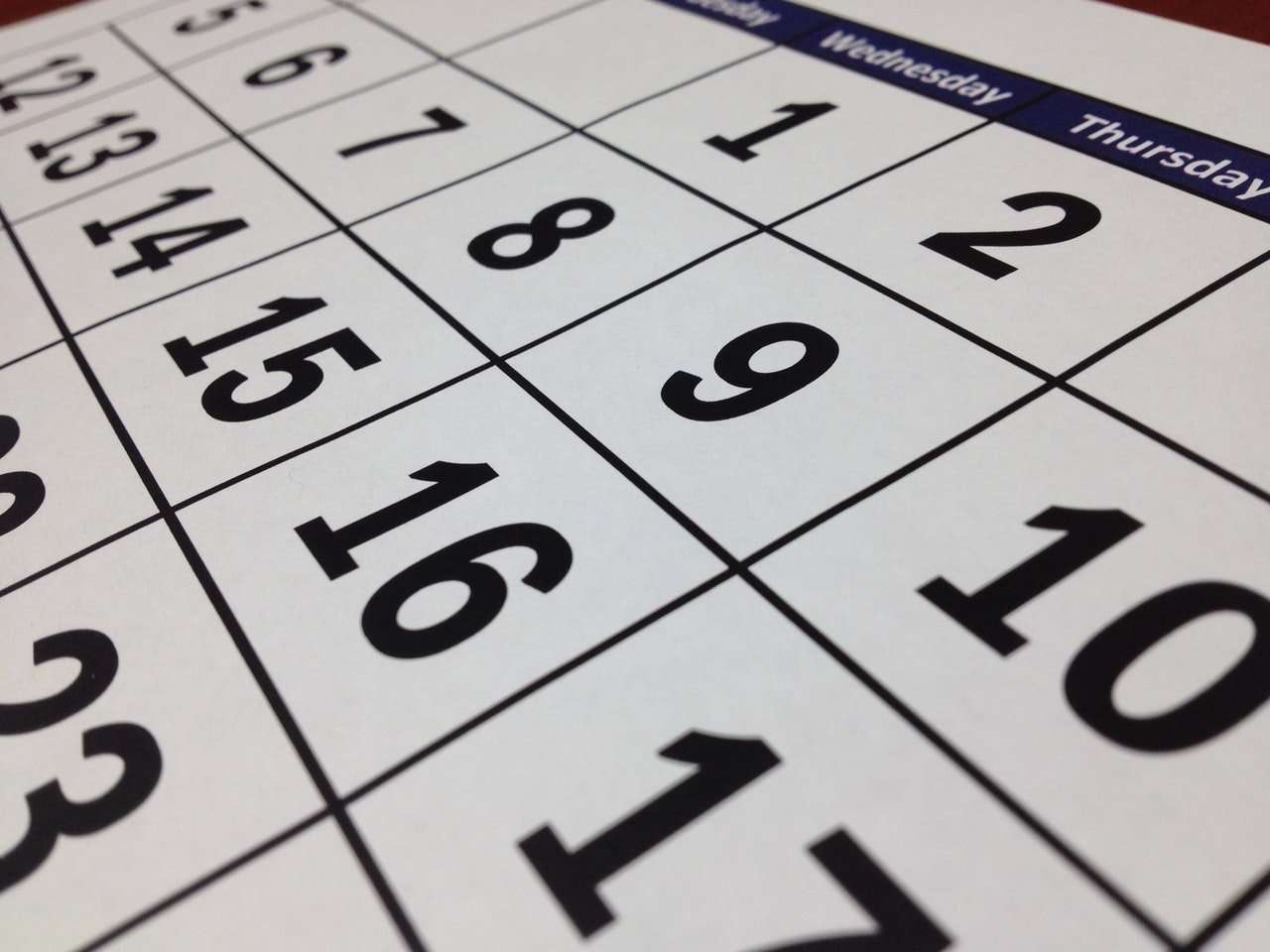E-learning training enables managers to free up extra time and resources on traditional in-person employee training and continuing education to help ensure employees remain compliant by enabling them to provide educational courses via e-learning software, which can be accessed using the internet anytime and anyplace.
On the other hand, some managers already have online learning platforms in place and are just seeking to change or upgrade their current learning management system, or LMS, software to new LMS software for improved results.
Whatever the case, once managers have made the important decision to utilize e-learning training, they must next decide on the most effective way to implement it, which includes finding the right support to assist with the proper planning and execution of the software so that it goes off without a glitch.
Otherwise, all the creative and time-consuming efforts that have gone into developing and creating the new e-learning software will most likely fall by the wayside as it will not be received well.
Therefore, we offer the following tips to help ensure your new LMS rollout is as beneficial and effective as it was meant to be.
Promote the New LMS
If you have not already started promoting the new e-learning system, then begin by promoting the new system to ensure it will be well-received by users.
Determine how the new platform will help users and then promote the benefits to your users to help get them interested in the learning experience. Consider why learners need your course as well as how they will find it, and then use this as part of the promotion.
By promoting the course internally, it will help ensure you are developing a course that is centered around the user, which will help get them involved as well as help increase their anticipation for using the new course. In fact, promotion should be included in your development plan, and be sure it draws your audience in during the early stages.

Photo by Startup Stock Photos from Pexels
Implementing the New System
Once you have finally selected an LMS system, the next step is to determine how you will implement it. In fact, the successful implementation of your LMS will depend on careful planning, which includes:
1. Begin With a Goal
Before you begin, it helps to have set goals for the implementation process, which will help with assembling the right team to oversee and actually carry out the process.
As part of these goals, it also helps to have a timeline for meeting these set objectives, which will help ween out less important goals from the most pertinent ones and keep you on track.
2. Assemble the Right Team
This is the fun part as it enables managers to select a team that will actually see the plan to fruition. In fact, since the LMS implementation process involves different tasks, you will need to select front people from various departments within your company.
In doing so, it also enables managers to display their pride and trust for the members of their company, which is sure to help boost their self-esteem and confidence. In some cases, it may also require recruiting partners from outside the company, as well.
However, to ensure the execution of the LMS remains at the forefront, it is recommended to select only the team members necessary to carry out your vision.
3. Selecting the Team Players
When assembling your team consider, the members who best fit each role.
You will need first need to appoint a team leader who will govern the collaborative project from start to finish. This is also the person who will be working closely with the LMS vendor to resolve any issues with the program, so keep this in mind.
The team will also require a project manager to ensure major developments in the implementation process are met according to the deadlines.
Meanwhile, an e-learning specialist will also be required to ensure the smooth transition of the new software and elearning tools during execution.
An IT expert will also be required for their technical expertise, which is needed to manage the incorporation of the new software with your organization’s other systems.
Lastly, a Learning and Development (L&D) director can help supervise the learning and development program to ensure the LMS is in sync with the organization’s objectives, including certification, the way the course is set up, and user reports.
4. Determine a Timeline for the Launch
After you have assembled a proficient team, next determine the timeline you would like the LMS to launch, and be sure the timeline for meeting each significant change is realistic to avoid hangups in the process that could delay the actual roll-out date.
To help with the time scheduling of events for the launch, first, consider whether your LMS is cloud-based or an in house system, which typically takes longer to carry out on your own server. If you have a large number of software programs and user accounts that need to be transferred and integrated into the new LMS, it may also take a bit longer to implement, so be sure to incorporate this into your scheduling.
To get a general idea of the exact time it will take to implement the new LMS software, be sure to consult your LMS vendor or IT department who can better provide an accurate timeline.

Photo by Pixabay from Pexels
5. Plan For the Transfer of Data
You will also need to determine what information, itinerary, and instructional goods are going to be transferred to the new system.
During this time, it is possible to only migrate the data necessary to upgrade the LMS; however, you will need to consult with your legal team concerning which records are imperative to save. Most likely, these will include records of course completions and files regarding prior learning.
Otherwise, when replacing a legacy LMS with a new system, be sure to have your IT team examine the current LMS components to ensure they are compatible with the new LMS because the courses may need to be recalculated to integrate with the new system.
6. Give the New LMS a Test Run
Once the new system is properly in place, you will need to test it to ensure it runs effectively before committing to an official launch.
Therefore, put together a trial run of the new LMS for users to navigate through, which will serve as a guide to the likely outcome of the future use of the system.
Gather a group of potential users from among the staff, as well as your administrators, and pretest the system for potential issues. This will help determine how effective your course is as well as what you did right and what needs improvement. It will also help your administrators and stakeholders gauge key performance indicators, including return on investment.
Should any issues arise, keep track of them and then simply report them to the LMS vendor and team members for further improvement. However, in many cases, the new LMS may simply require proper training, in which case you will need to offer a training program for best results.
7. Develop a Proper Training Program
Offering a proper training program to those who will be utilizing the LMS, including both internal users and external partners, helps ensure the online course platforms will be received well by users. It also helps ensure the entire organization is in sync when it comes to getting the most out of the LMS, which both help contribute to a successful rollout.
When implementing a proper training program, the LMS vendor will often provide various training options, such as in-class instruction, a webinar, or even a game-based learning program.
This training will instruct both users and managers on various aspects of the new LMS, including when to use it, so that by the conclusion of training, your team should be very familiar with the product and have a strong understanding of how to use it. However, some vendors charge an additional fee for this service, so be sure to inquire about added costs, which will help with planning the launch.
In the meantime, be sure to put together the proper training materials for your instructors, management, and employees.
The vendor will also partner with you to provide sufficient technical support to address any issues that may arise after implementation. They can also assist you with planning your LMS rollout, so you can inform the proper parties about the launch and the date it will occur.
8. Make the Transition to the New LMS
When switching over to the new LMS system, managers can either completely transition to the new system overnight, or he or she can make the choice to slowly transition from the existing LMS over to the new system.
Or, the manager can simply run both systems simultaneously before the rollover. In fact, some experts suggest running both systems side by side to familiarize users with the new system before completely switching over. Then, once users become accustomed to the new system, it will make the complete switchover to the new system less unnerving.
No matter which transition option you choose, it is important to keep in mind, while the switchover is in process, it will cause a temporary blackout; therefore, be sure to alert the staff of the downtime that will occur while replacing the current system with the new one.
Meanwhile, be sure to consult with your team as well as the LSM provider about the best transition process for your needs.
9. Measure and Evaluate the Results of the New LMS
Allow the new system to function a while and then examine its performance and how the switchover went for those who were apart of it. This will enable you to pinpoint, and fix, any issues that may have impeded the rollout in addition to any user issues.
As the changeover comes to an end, note the number of system logins as well as how easily maneuverable the program was. During this time, you should also observe how many users actually completed the test, as well as their scores, to help determine user satisfaction. You should also gauge the technical performance of the LMS, such as page loads and upload times, to help ensure they are sufficient.
Such insight into the software itself as well as its technical performance will help ensure it meets your company’s objectives.

Photo by Lukas from Pexels
10. Develop a Post Implementation Plan
In order to ensure the new LMS continues to be beneficial, it is important to constantly seek ways to improve it, which can include anything from incorporating more courses to improving the efficiency of the content, for as long as you intend to utilize the new system.
You should also be sure there is sound technical support in place that can provide the necessary knowledge and materials to help. When choosing to make the switch to e-learning training, there are various e-learning platforms to select from, including closed source LMS and open source LMS, which enables developers or users to make adjustments as needed.
However, no matter which platform you choose, research shows that the most effective platforms have been thoroughly developed and tested, and the users were properly trained, which resulted in a reliable platform for years to come.
Therefore, when choosing to embrace an e-learning system, don’t skimp on the importance of proper implementation planning, testing, and training for maximum results you can be proud of. And remember to continue to put forth effort towards enhancing the program for a return on investment that stakeholders can be proud of.
Lastly, remember to get the support of your team, including top management, early in the process to help decrease the likelihood that it will not be well-received later, which means time and money will have gone to waste. Therefore, as part of the first steps in the process, consider those individuals who will be directly as well as indirectly impacted by the LMS, and also determine their position, which will help with proper planning.






